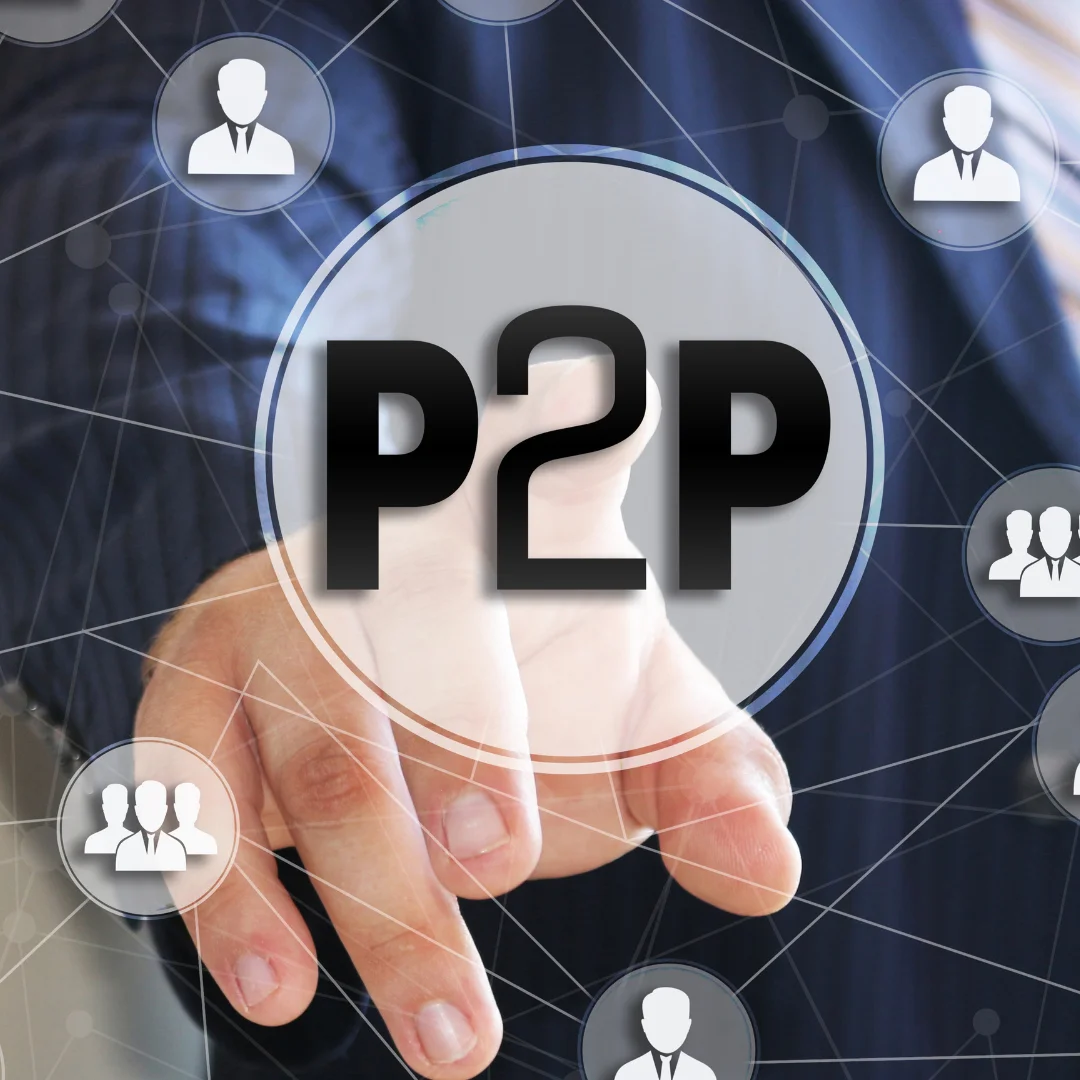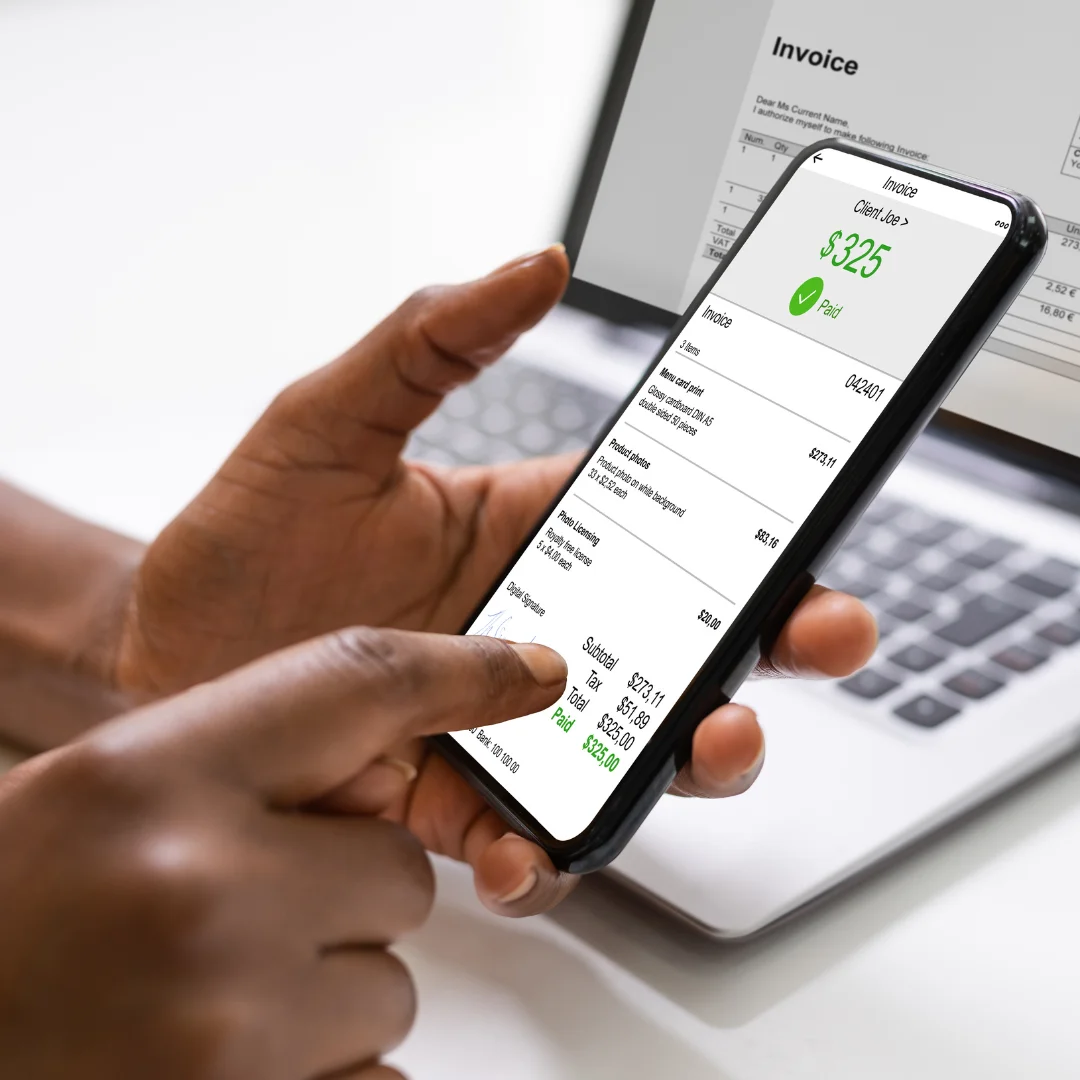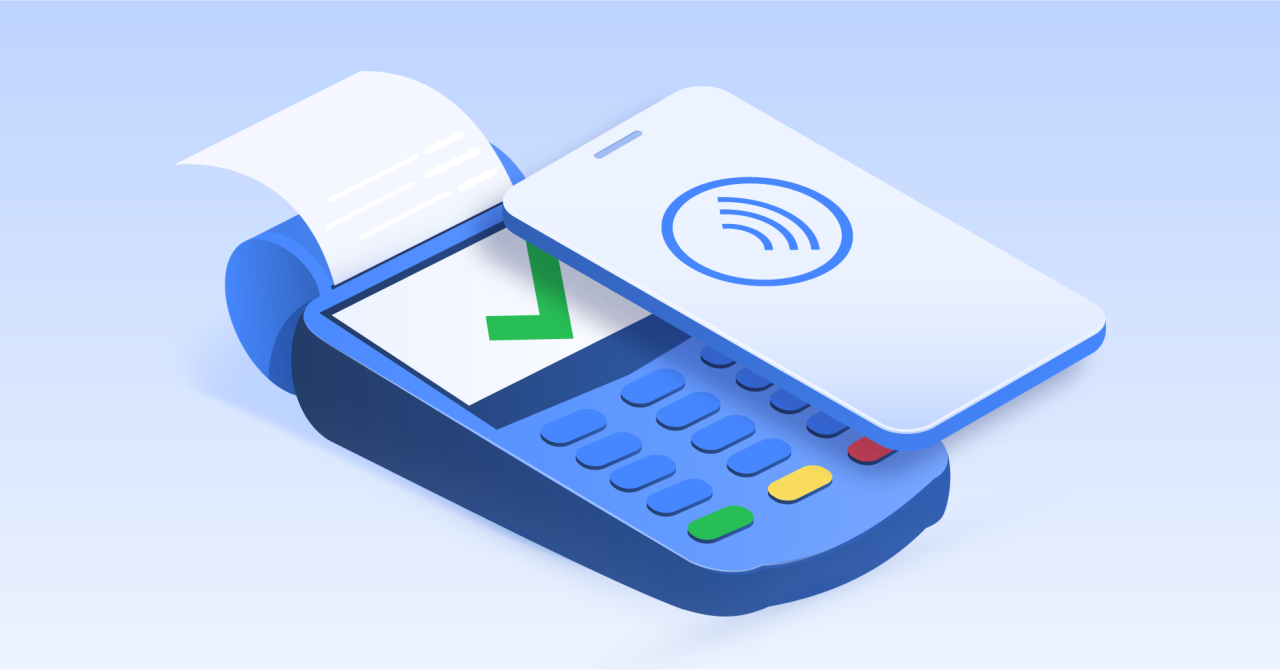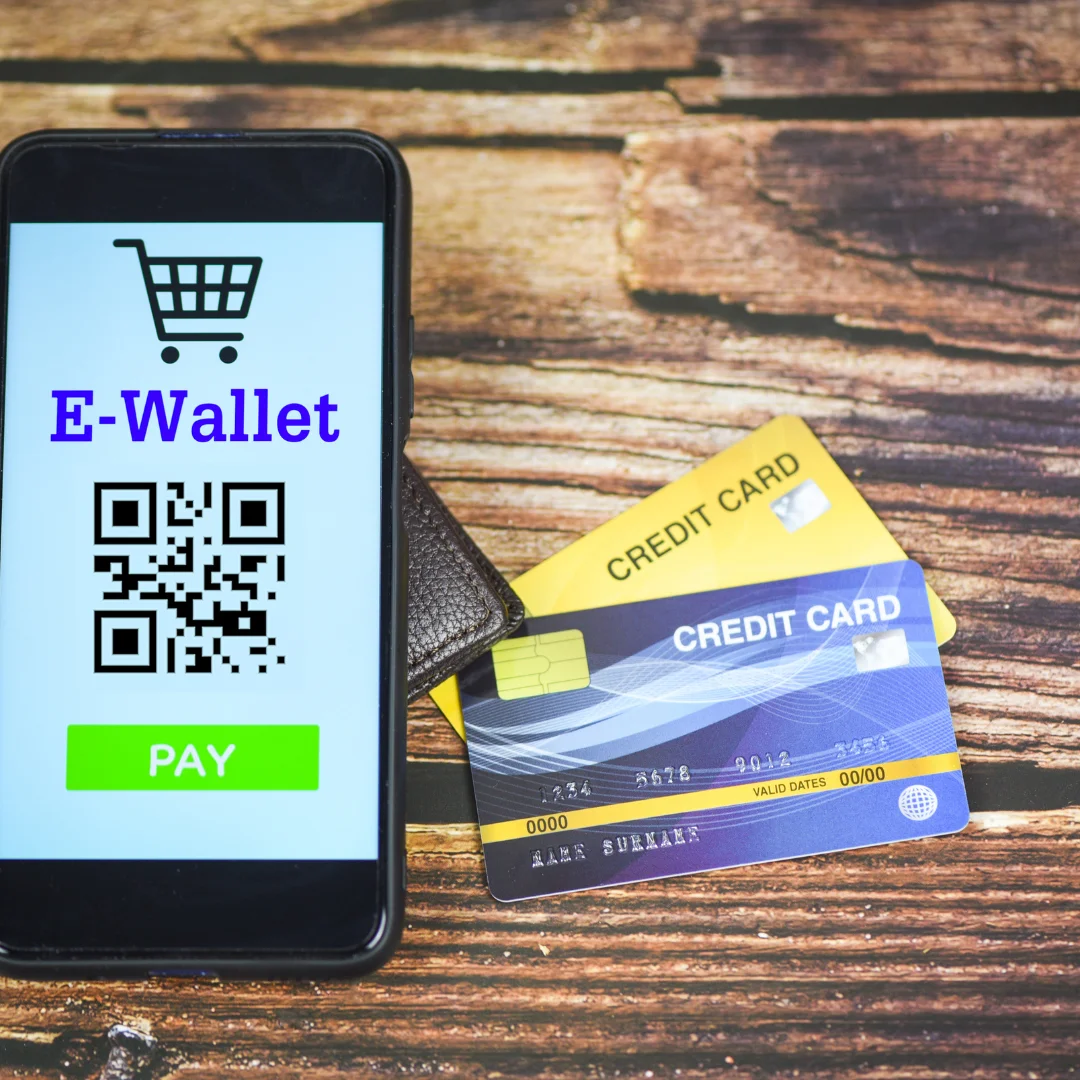Voice recognition technology is changing the way we pay for things. It’s making payments more convenient, secure, and efficient.
Traditionally, we pay for things by swiping credit cards, entering PIN numbers, or writing checks. But voice recognition technology is making it possible to pay for things just by speaking. We can say something like, “Pay for my coffee with my credit card” or “Transfer $100 from my checking account to my savings account.”
Voice recognition technology is more secure than traditional payment methods because it uses biometrics. Biometrics are unique physical characteristics that can be used to identify someone, such as fingerprints or voiceprints. Voiceprints are unique to each person, so they’re very difficult to forge. This makes it much harder for someone to steal your identity and use your credit card or bank account without your permission.
Voice recognition technology is also more efficient than traditional payment methods. We can make payments much faster by speaking than by swiping a card or entering a PIN number. This can save us time and hassle, especially when we’re in a hurry.
Voice recognition technology is still in its early stages, but it’s growing rapidly. It’s already being used in a variety of ways, such as making payments in stores, paying bills, and transferring money between accounts. As technology continues to develop, it’s likely to become even more widespread and popular.
Here are some of the benefits of using voice recognition technology in payments:
Convenience: Voice payments are more convenient than traditional payment methods because they allow us to make payments without having to fumble with cards, cash, or PIN numbers.
Security: Voice payments are more secure than traditional payment methods because they use biometrics to identify the user. This makes it much harder for someone to steal your identity and use your credit card or bank account without your permission.
Efficiency: Voice payments are more efficient than traditional payment methods because they allow us to make payments faster. This can save us time and hassle, especially when we’re in a hurry.
Accessibility: Voice payments can be used by people with disabilities who may have difficulty using traditional payment methods.
Here are some of the challenges that need to be addressed before voice recognition technology can become more widely adopted in payments:
Accuracy: Voice recognition systems need to be more accurate in order to prevent errors that could lead to unintended transactions or security breaches.
Privacy: Privacy concerns need to be carefully managed to prevent unauthorized access to personal and financial information.
Cost: Voice recognition systems can be expensive to develop and deploy.
Overall, voice recognition technology has the potential to revolutionize the payments landscape by making payments more convenient, secure, and efficient. However, there are still some challenges that need to be addressed before this technology can become more widely adopted.











